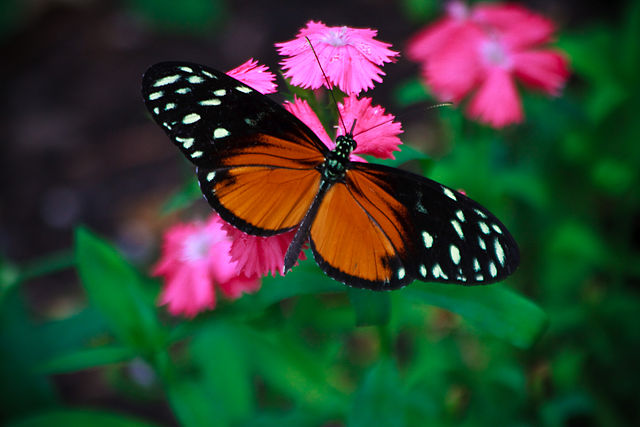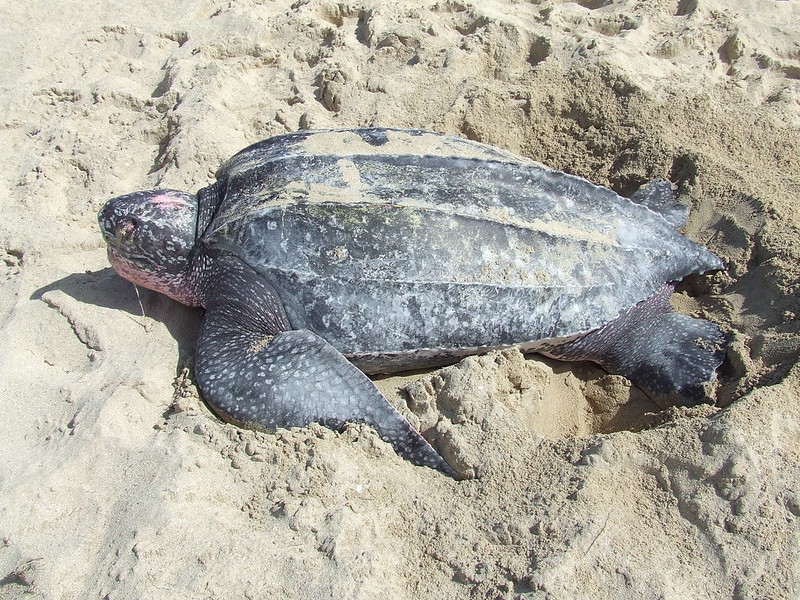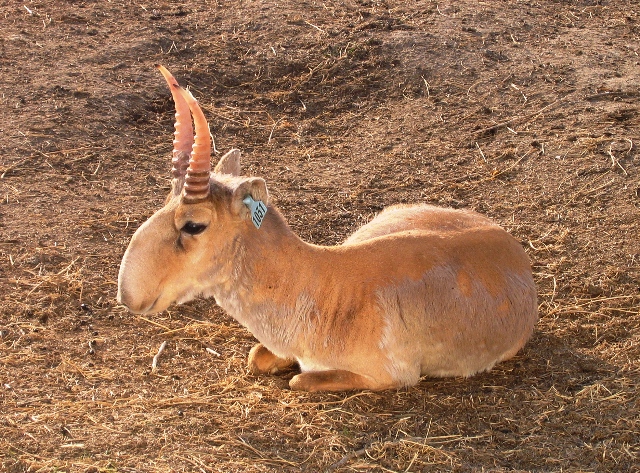 Did you know that more than one in five migratory animals are now threatened by climate change and other human-related factors?
Did you know that more than one in five migratory animals are now threatened by climate change and other human-related factors?
These were the findings of a landmark United Nations report, published earlier this year. The report focused on the 1189 animals listed by the Convention on the Conservation of Migratory Species (CMS) of Wild Animals.
According to the study, 44% of species covered by this list have been facing population declines. However, migratory fish suffered the most devastating losses. 97% of migratory fish species were at risk of extinction.
Let’s understand what migratory species are and how human activities have impacted them.
Migratory Species – Seasoned Travelers!
 Migratory species are an enormous subset of animals, including birds, insects, sharks, elephants, whales, and many more. Despite their many differences, these animals share an instinct for voyaging.
Migratory species are an enormous subset of animals, including birds, insects, sharks, elephants, whales, and many more. Despite their many differences, these animals share an instinct for voyaging.
Female leatherback turtles, for example, journey thousands of miles in search of food. Hunting their beloved jellyfish, these turtles have been recorded to swim all the way from Southeast Asia to Alaska!
Every year, the stunning monarch butterflies embark on long travels from chilly North America to warmer Mexico to roost and lay their eggs. In the late summer and early autumn, a million wildebeest traverse the savannah between Tanzania and Kenya in East Africa.
Across their lifetime, migratory species traverse whole continents and oceans. Their journeys are vital to the ecosystems they visit, as they transport nutrients, pollinate plants, get rid of pests, and even help store carbon.
Impact of Changing Climate
Yet, migratory species have become increasingly threatened on their voyages. Habitat loss and overexploitation are the most serious issues they face. Three in four animals covered by the report are suffering from habitat loss. Seven out of ten are seriously affected by overexploitation. This can be intentional such as poaching, or unintentional, such as fish caught as bycatch.
Though the report focused on animals protected under the convention, researchers found that another 399 migratory species are threatened. These species are not internationally protected, but their plight is certainly concerning.
Marine species are among the most severely impacted. Many have been injured or killed by fishing nets and marine pollution. Global warming heats oceans and forces animals such as sea turtles, penguins, and polar bears to travel farther to find prey. Sea level rise and erosion also chip away at beaches where turtles come to nest. Populations of sharks, rays, and sturgeons have declined drastically – by 90% since the 1970s.
On land, deforestation, urban development, and agriculture shrink animal habitats. The endangered Egyptian vulture, for example, has been losing swathes of its habitat across Europe, Asia, and Africa. In India, vulture populations have been declining 35% annually since 1999.
Pollution of all forms affects species on both land and in the oceans. Chemical and plastic pollution are toxic to animals. Noise and light pollution can also disorient migrating species and interfere with their ability to navigate.
Hope for the Future
 The report offers several proposals for protecting migratory animals. First, it recommends that more threatened migratory animals should be identified. The geographical areas they frequent should also be protected to reduce the impact of habitat loss and human encroachment. The report names 10,000 such biodiversity areas and points to how more than half are not protected for conservation.
The report offers several proposals for protecting migratory animals. First, it recommends that more threatened migratory animals should be identified. The geographical areas they frequent should also be protected to reduce the impact of habitat loss and human encroachment. The report names 10,000 such biodiversity areas and points to how more than half are not protected for conservation.
The report also emphasizes the importance of countering climate change. By making the change to clean energy, we can limit the spread of pollution and prevent further damage to the environment. Other changes to our urban spaces can help make migratory animals’ journeys safer. Dimmer, motion-activated streetlights are one solution that can reduce light pollution.
Finally, the report cites conservation successes with the Saiga antelope and the humpback whale. Saiga populations were close to extinction due to poaching and disease. In 2006, less than 50,000 Saiga remained in Kazakhstan. Conservationists persisted in restoring the animals’ steppe and wetland habitats. They also worked with local communities to stop illegal poaching. In 2022, the Saiga numbered a whopping 1.3 million!
The humpback whale has been decimated by whaling in the 18th and 19th centuries. But with protections and a stop to the exploitation of their blubber, populations have recovered to 93% of their pre-whaling numbers.
These stories raise hope for saving migratory species. Most of all, they are a poignant reminder of how we can turn the tide with focused action.
Sources: Guardian, CNN, The Verge, NPR, UNEP, Inside Climate News







